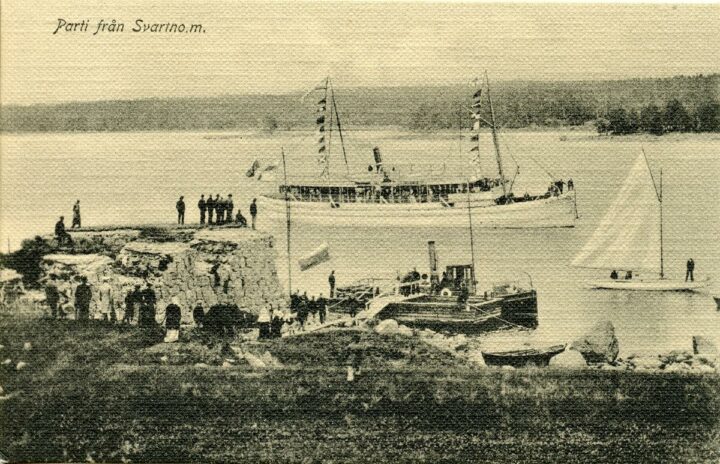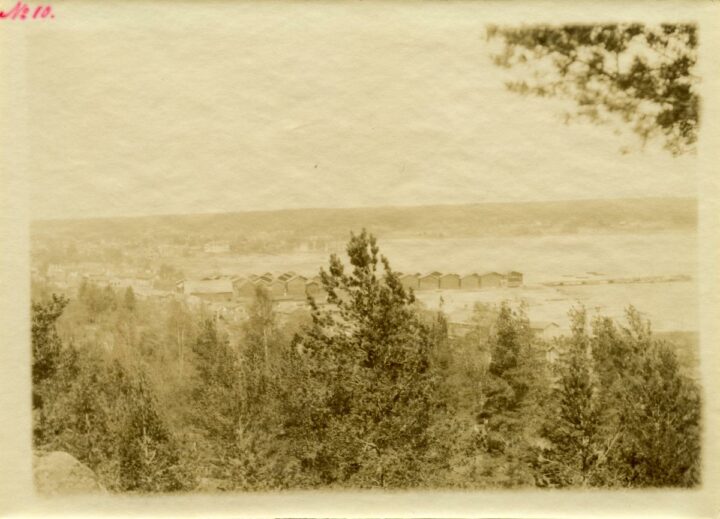History
The original name of Loviisa was Degerby. The city was founded in 1745 as a border and fortress town about 10 kilometres from the eastern border at the time, as eastern Finland needed a new staple town when Hamina was left on the other side of the border in the Treaty of Turku 1743.
Due to monetary problems in the Swedish kingdom an actual border fortress was never built in the city. In the city the bastions Ungern and Rosen were erected and the sea fortress of Svartholma was built south of the city. The 30 year long restauration of Svartholma sea fortress was begun in 1960ies. Today the historic island is a popular outing destination.

Degerby became Loviisa in 1752. At this time the king of Sweden Adolf Frederick visited the city and named it after his wife Lovisa Ulrika. This is why Loviisa is also called the Queen’s city.
Loviisa is renowned for its old town. One of the oldest wooden buildings in Finland is located there: the annex to the Degerby cavalryman’s estate dates from the 17th century. The houses in old town were spared during the great fire of Loviisa in 1855.
Spas and ships
From the mid-19th century all to the 1920ies Loviisa was known for its spas. During summers, the city was filled with guests who, in addition to the healing power of water, enjoyed outdoor recreation in the fresh air, exercise and culture. Amongst others people suffering from weak nerves, anaemia and rheumatism sought care here.

Industry in Loviisa was built around shipping as early as in the 18th century. The greatest export branch was lumber. The salt warehouses of the Laivasilta area again are memories from a time when salt was imported through Lovisa harbour to as much as a seventh of the population in Finland.

Today the industrial harbour is located in Valko and Laivasilta is used by leisure boaters. The largest industrial area in the city is located to the west of the city centre. Here one can find local companies of many branches.
The first nuclear power plant in Finland
East of the city rose in 1977 the first nuclear power plant in Finland. The plant, located at the island of Hästholmen, brought a great many new inhabitants to the city from various parts of the country during the 1970ies. Today the power plant is the largest employer in the city.
The population of Loviisa was doubled in 2010 when Loviisa was merged with its neighbouring municipalities Pernaja, Liljendal and Ruotsinpyhtää.